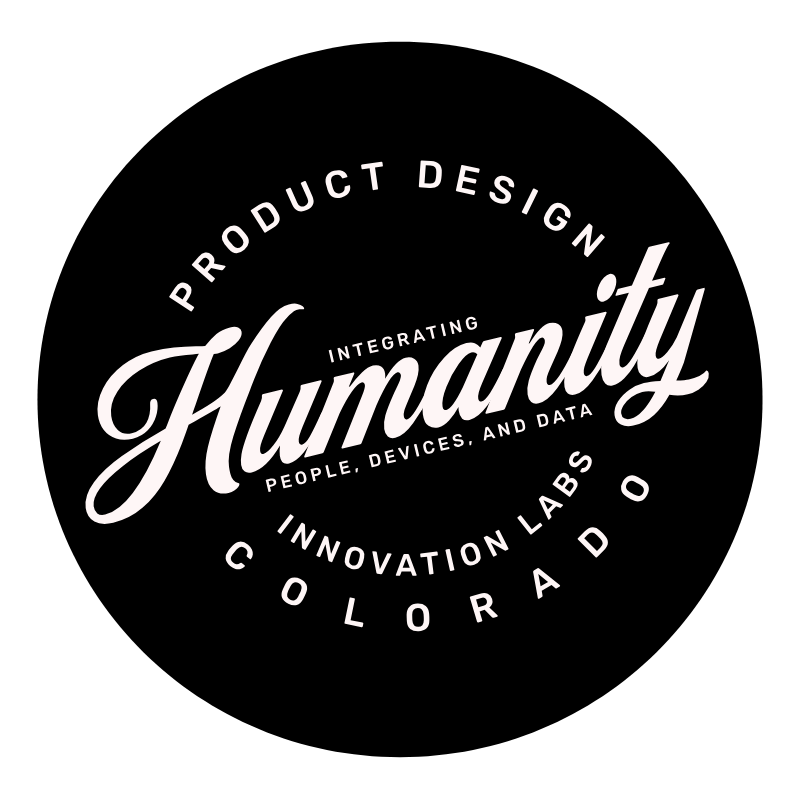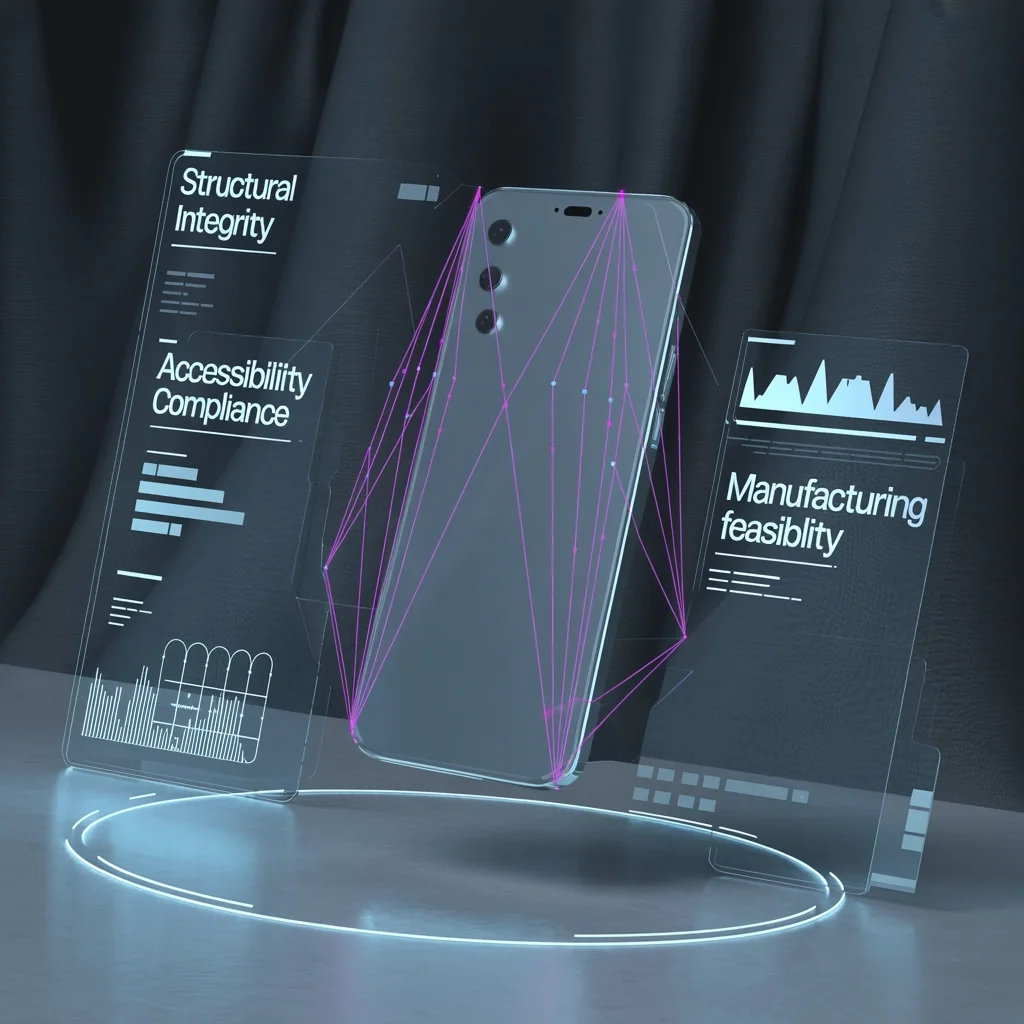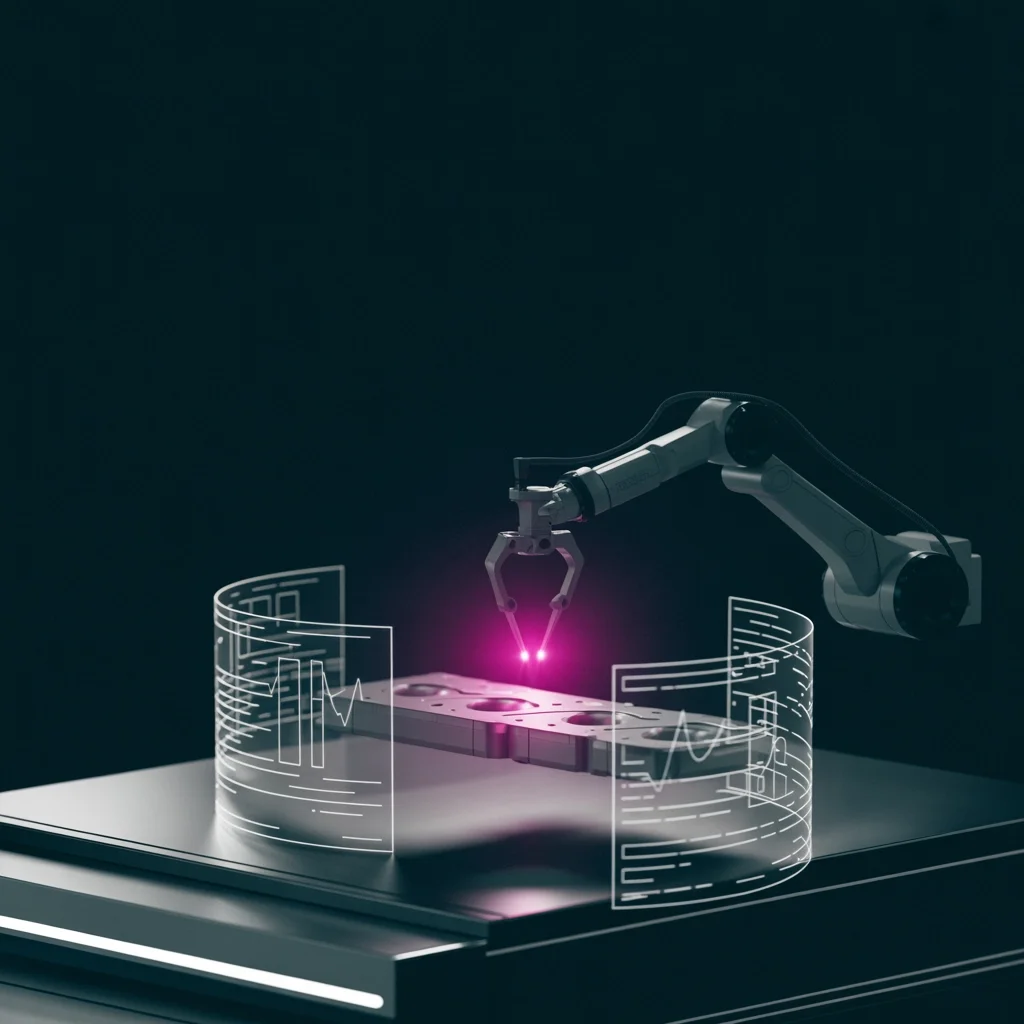Beyond the Hype: Practical Ways Generative AI Is Accelerating Product Design
The Reality Behind the AI Buzz
Generative AI is everywhere these days—in headlines, investment pitches, and product roadmaps. But for product designers and innovation teams, one question remains: beyond the marketing hype, what actual value does generative AI bring to the product design process?
At Humanity Innovation Labs™, we've moved past the theoretical discussions to implement practical AI solutions that deliver measurable results. This isn't about replacing designers or automating creativity—it's about strategic augmentation that amplifies human capabilities and transforms workflows.
Let's explore how forward-thinking product teams are leveraging generative AI today, with concrete examples and implementation strategies you can apply immediately.
Accelerating the Research & Discovery Phase
Traditional market research and user insight gathering can consume weeks or months. Generative AI transforms this timeline dramatically:
Automated Insight Generation
AI systems now analyze vast quantities of existing research, user feedback, social media conversations, and competitor data to identify patterns human researchers might miss. One of our enterprise clients reduced their research phase from 6 weeks to just 8 days by implementing an AI-powered insights engine.
The practical application: Feed your AI system with:
Historical user research reports
Customer support transcripts
Online reviews
Competitor product documentation
The output isn't just faster—it's often more comprehensive, revealing connections between user needs that would otherwise remain hidden in data silos.
Enhanced User Interview Analysis
Qualitative research traditionally creates a bottleneck—transcribing and analyzing hours of interviews is labor-intensive. AI tools now transcribe interviews in real-time and identify thematic patterns across dozens of conversations.
"We were spending roughly 60% of our research budget on analysis rather than discovery," notes a UX Research Director we work with. "AI-powered analysis cut that to 25%, allowing us to interview twice as many users within the same budget."
Supercharging the Ideation Process
Generative AI excels at creating variations, which makes it particularly valuable during ideation:
Rapid Concept Generation
Instead of starting with a blank canvas, designers now use AI to generate dozens of initial concepts based on parameters and constraints. This isn't about replacing creative thinking—it's about expanding the possibility space.
Case study: An automotive components manufacturer we advised used generative design to explore 3,500 possible configurations for a new dashboard assembly. The AI optimized for weight, cost, and manufacturing complexity simultaneously. Engineers then selected and refined the most promising 12 concepts, cutting their ideation time by 70%.
Breaking Creative Blocks
When design teams hit creative walls, generative AI offers new perspectives. By inputting partial solutions or problem statements, designers receive alternative approaches they might not have considered.
Implementation tip: Frame your prompts as design problems rather than solutions. For example, instead of "Generate a smartwatch interface," try "Generate interfaces that allow users with limited dexterity to access health data quickly in outdoor environments."
Transforming Design Iteration & Refinement
The most time-consuming aspect of product design is often the iteration process. Generative AI dramatically accelerates this cycle:
Rapid Prototyping Alternatives
Traditional prototyping follows linear paths—one iteration leads to the next. AI enables teams to explore parallel alternatives simultaneously:
Designers create a baseline concept
AI generates dozens of variations adjusting specific parameters
The team evaluates multiple directions at once
The most promising paths advance to user testing
Real-world impact: A medical device company implemented this approach and reduced their design iteration cycles from 2 weeks to 3 days while exploring 5x more design variations.
Automated Design Validation
AI can now pre-validate designs against common constraints before human review:
Manufacturing feasibility
Ergonomic standards
Accessibility requirements
Regulatory compliance
This front-loading of validation eliminates dead-end design paths early, reducing costly rework later in the process. As one product manager told us, "We've cut our design revision rate by 40% since implementing AI validation checks."
Revolutionizing Prototyping & Testing
Getting prototypes in front of users is traditionally expensive and time-consuming. Generative AI creates new possibilities:
Simulation-Based Testing
Physical prototypes remain essential but can now be complemented with AI-driven simulations that predict user interactions and identify potential usability issues before production:
Heat maps of predicted user attention
Accessibility simulations
Cognitive load assessments
Error prediction models
Implementation example: A software client used generative AI to simulate 10,000 user interactions with their new interface. The AI identified three critical pain points that were subsequently addressed before the first round of actual user testing.
Virtual User Testing
While real user testing remains irreplaceable, AI-powered virtual user testing allows teams to conduct preliminary validations at scale. These systems model different user personas interacting with digital products, highlighting potential issues for further investigation.
"We now run virtual usability testing with 50 AI personas before bringing in our first human tester," explains a product lead at a fintech company. "It means our human testing sessions focus on nuanced feedback rather than catching obvious issues."
Enhancing Production & Manufacturing
The benefits of generative AI extend beyond design into production:
Optimized Manufacturing Specifications
Generative AI doesn't just create visually appealing designs—it optimizes them for manufacturing realities. By inputting constraints like available materials, tooling capabilities, and cost targets, the AI generates designs that balance aesthetic and functional goals with production efficiency.
Case study result: An industrial equipment manufacturer reduced component costs by 27% while improving performance by using generative design that optimized for their specific manufacturing capabilities.
Predictive Quality Control
AI systems now predict potential quality issues before they occur by analyzing design specifications against historical manufacturing data. This pre-emptive approach reduces defect rates and production delays.
Implementation Best Practices: Making AI Work for You
The difference between AI hype and AI value lies in implementation. Here are proven strategies for effective integration:
1. Start with Clear Constraints
Generative AI performs best when given well-defined parameters. The more specific your inputs, the more valuable the outputs:
Ineffective prompt: "Design a better water bottle."
Effective prompt: "Design a water bottle for hiking that: weighs under 200g, keeps liquids cold for 8+ hours, can be operated one-handed, and uses recyclable materials available in our current supply chain."
2. Create Hybrid Human-AI Workflows
The most successful implementations we've seen maintain humans as decision-makers while leveraging AI for specific tasks:
Human-defined: Problem framing, constraints, evaluation criteria
AI-powered: Exploration, variation, simulation, validation
Human-refined: Selection, iteration, final decisions
3. Build Feedback Loops
AI systems improve through feedback. Establish processes for designers to rate AI outputs and refine prompts:
Track which AI suggestions move forward in the design process
Document why certain AI outputs were rejected
Use this data to refine your prompting strategies and AI training
4. Invest in AI Literacy
Teams that benefit most from generative AI invest in understanding how it works—not at a technical level, but at a practical level:
How to write effective prompts
How to evaluate AI outputs critically
When to use AI vs. traditional methods
Understanding AI limitations and biases
The Real Value Proposition
When implemented strategically, generative AI delivers quantifiable benefits:
Time efficiency: Our clients report 30-60% reductions in design cycle time
Exploration range: Teams explore 3-10x more design variations
Cost reduction: Development costs decrease 20-35% through reduced iterations and testing
Quality improvement: Products incorporate more user needs and constraints
Moving Forward: Beyond Current Capabilities
While today's generative AI tools show impressive capabilities, the next evolution is already emerging:
Contextually-Aware Design Systems
Future systems will understand organizational design languages and automatically align new concepts with brand guidelines and product ecosystems. Rather than generating abstract designs, they'll create solutions that feel cohesive with existing product lines.
Multi-Objective Optimization
Next-generation tools will simultaneously optimize for seemingly contradictory objectives—making products more powerful yet energy-efficient, more feature-rich yet easier to use, more durable yet sustainable.
Conclusion: Practical Application over Hype
The true value of generative AI in product design isn't about futuristic capabilities or replacing designers. It's about practical, implementable solutions that enhance human creativity, expand exploration, accelerate development, and improve outcomes.
For innovation leaders, the question isn't whether to adopt generative AI, but how to implement it strategically to address specific design challenges and business objectives.
At Humanity Innovation Labs, we're helping organizations move beyond the AI hype cycle to create practical implementation roadmaps that deliver tangible results. The future of product design isn't just AI-powered—it's human-led, AI-enhanced, and focused on outcomes rather than technology for technology's sake.
Ready to implement practical AI solutions in your product design process? Learn more about our approach to human-centered innovation..




